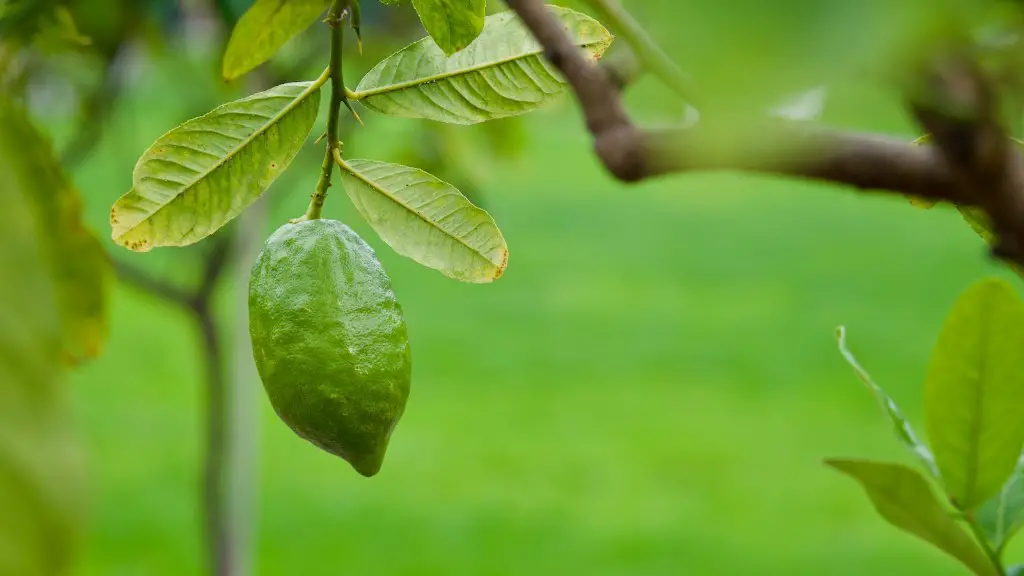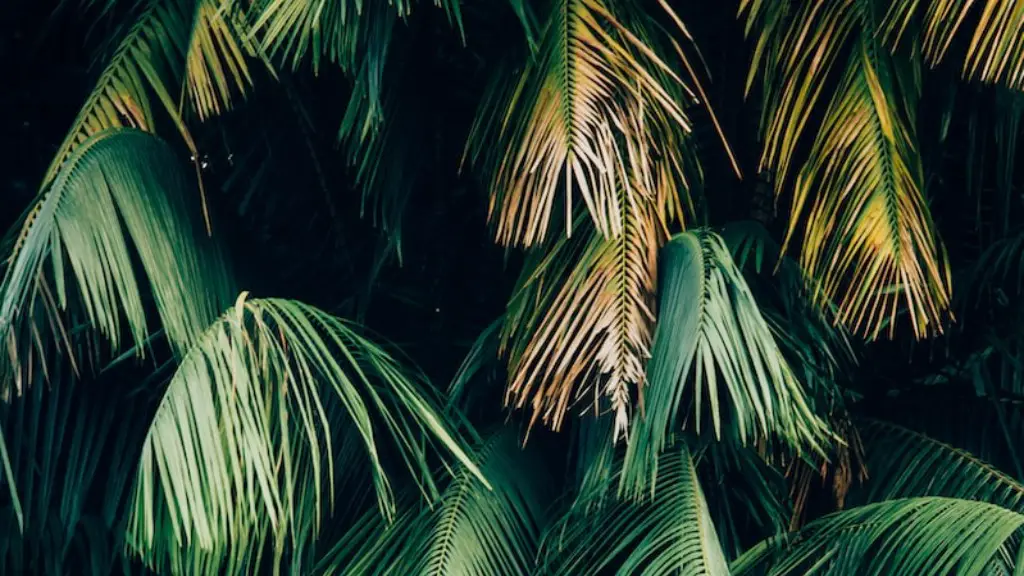Identifying Cherry Tree Diseases
Most cherry tree diseases can be identified by symptoms such as wilting leaves, spots on the bark, discoloration of wood and branches, and infected flowers and fruits. By being aware of the signs and symptoms of common cherry tree diseases, you can take preventative measures that may help to keep your trees healthier.
Mild cherry tree disease can be managed by simply pruning away infected leaves and branches. There are other serious diseases, however, that require more extensive treatment. Some of the most common cherry tree diseases are bacterial canker, brown rot, powdery mildew, and black knot.
Bacterial Canker
Bacterial canker is caused by the bacteria Erwinia amylovora, which invades the bark and sapwood of the cherry tree. It is believed to spread in wind-driven rain. Symptoms of bacterial canker include swollen areas along the trunk and branches with a purple or yellow discoloration. There are also small, reddish-purple bumps in the affected area. Over time, these cankers may ooze a yellowish-brown liquid.
To treat this disease, prune away any infected branches. Be sure to disinfect the pruning shears between cuts. There are also chemical options for treating bacterial canker, such as copper-based bactericides.
Brown Rot
Brown rot is one of the most serious diseases of cherry trees. It is caused by a fungus called Monilinia fructicola. Symptoms of this disease include brown spots on the fruit, leaves, and twigs, shriveled fruit, and infected flowers that turn brown.
To treat brown rot, prune away any infected branches and fruits. Additionally, fungicides can be used to treat the trees in early spring and again in midsummer.
Powdery Mildew
Powdery mildew is caused by a fungus called Sphaerotheca pannosa. It is a common disease that affects many types of plants, including cherry trees. Symptoms include white and gray patches on the foliage and bark.
The best way to treat powdery mildew is to keep the tree well-watered. To prevent the disease, spray a combination of baking soda and water on the tree’s leaves. This will create a hostile environment for the fungus and help it to die off.
Black Knot
Black knot is a disease caused by a fungus called Apiosporina morbosa. It is a serious disease that can cause permanent damage to trees. Symptoms include black, swollen lumps on the branches and twigs.
The best way to treat black knot is to prune away any infected branches. Be sure to disinfect pruning shears between cuts. If the disease has spread to more than 30 percent of the tree, it would be best to remove the entire tree and replace it with a healthy one.
Preventative Measures
The best way to combat cherry tree diseases is to take preventative measures. Planting cherry trees in well-draining soil, in an area with good air circulation and full sun, can help to promote the health of your trees and prevent diseases from taking hold. Additionally, it is important to water the trees regularly and fertilize them in the spring and fall.
It is also a good idea to monitor the cherry trees for any signs of disease, such as wilting leaves, spots on the bark, and discoloration of wood and branches. If any of these signs are present, it is important to take action as soon as possible to prevent the disease from spreading.
Pest Management
The presence of pests can also cause cherry tree diseases, so it is important to keep an eye out for any insects that might be harmful to the tree. Some common pests that can damage cherry trees include aphids, scale insects, and Japanese beetles. If pests are present, it is important to take action quickly to prevent any further damage to the tree.
Chemical pesticides are generally not recommended for cherry tree pests because of their toxicity. The best course of action is to simply prune away any infested leaves and branches. If pest populations become overwhelming, it is best to consult a professional for advice on safe and effective ways to manage the pests.
Common Questions
There are some common questions about disease management in cherry trees. If a tree has a disease, is it better to treat it or to remove it? The answer to this depends on the severity of the disease. If the disease is mild, the tree can usually be treated with pruning and chemical treatments. If the disease is more serious, however, it is best to remove the tree and replace it with a healthy one.
Additionally, can different diseases be treated in the same way? The answer to this is no. Each cherry tree disease requires a different approach to treatment, so it is important to identify the exact disease and make sure that the appropiate steps are taken to treat it.
Biological Control
Biological control is another option for treating cherry tree diseases. This involves using naturally occurring organisms, such as predators and parasites, that feed on or inhibit the growth of disease-causing organisms. Beneficial insects, such as lady beetles and aphid parasitoids, are some examples of organisms that can be used for this purpose.
Using beneficial insects can help to control disease-causing organisms without harming other organisms in the environment. It is important to note, however, that biological control is not always a viable option, as the disease-causing organism may have already become too numerous for the beneficial insects to control.
Disposal Of Infected Material
When pruning away infected branches and fruits, it is important to dispose of the material properly. Infected material should never be composted, as this can spread the disease to other plants. The best way to dispose of infected material is to place it in a sealed plastic bag and discard it in an appropriate landfill.
Choose Carefully
When choosing cherry trees, it is important to choose varieties that are resistant to the most common diseases in your area. By selecting trees with resistances to specific diseases, you can reduce the chance of your trees becoming infected.
It is also important to purchase trees from reliable sources, as some pests and diseases can be introduced to the tree through infected nursery stock. Be sure to check local regulations for any restrictions on planting cherry trees in your area, as certain diseases can be specific to certain areas.
Fungicides
Fungicides are often used to treat cherry tree diseases. These chemicals work by inhibiting the growth of fungal organisms and can be used to treat diseases such as brown rot and powdery mildew. When using funigcides, it is important to follow the instructions on the label carefully.
Fungicides should be used as a last resort, as they can be toxic to beneficial organisms. Additionally, they are not always effective, as some diseases may have built up a resistance to the chemicals. It is important to consider all alternatives before using fungicides to treat cherry tree diseases.
Conclusion
Cherry tree diseases can be managed with proper care and treatment. It is important to be aware of the signs and symptoms of common cherry tree diseases, such as bacterial canker, brown rot, powdery mildew, and black knot, and to take preventative measures such as pruning and using appropriate fungicides. Additionally, it is important to choose cherry trees that are resistant to the common diseases in your area and purchase them from reliable sources. With proper care and management, you can ensure that your cherry tree stays healthy and disease-free.


